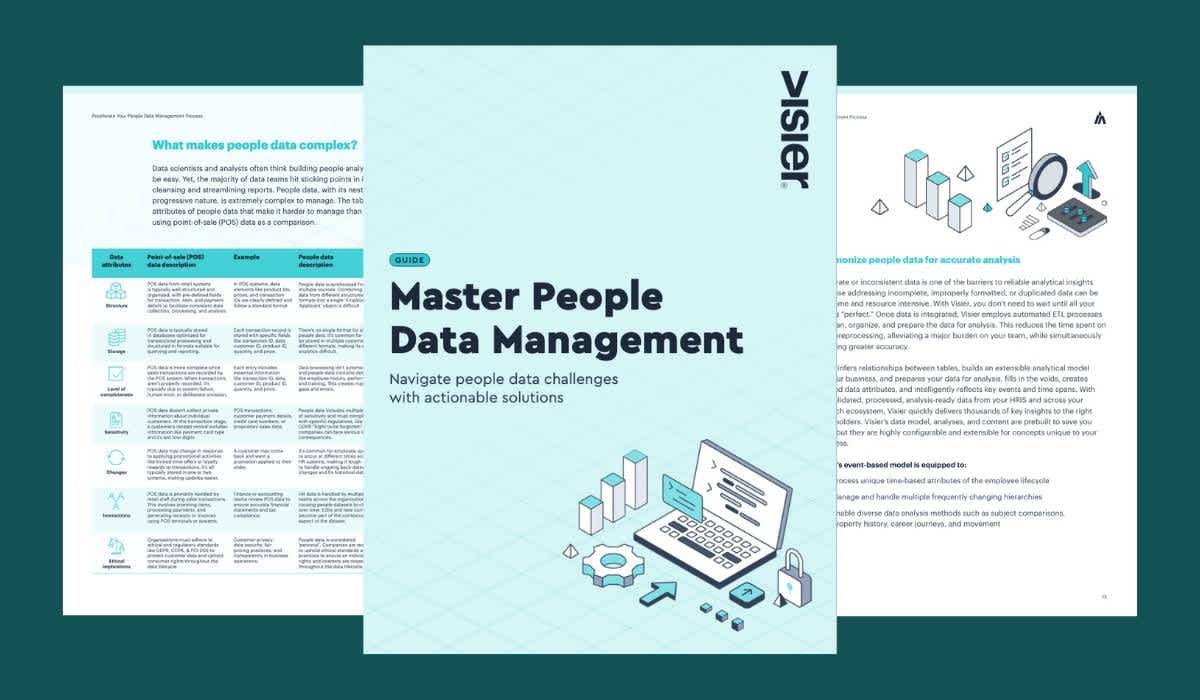What Is Natural Language Processing?
Learn what Natural Language Processing (NLP) is and how it revolutionizes automation, impacting industries such as HR and enhancing task automation.

Natural Language Processing, or NLP, is a type of artificial intelligence (AI) focusing on human language. The goal of NLP is to make written or spoken human language understandable to machines. Examples of the use of NLP include virtual assistants like Alexa and Siri, chatbots, and generative AI.
Why is NLP important?
The emergence and evolution of Natural Language Processing have had major impacts on organizations of many kinds across all industries. The ability for machines to understand human language has improved our ability to automate a wide range of tasks—including those that previously involved interactions between humans.
For instance, many help functions on the internet today are powered by chatbots which rely on Natural Language Processing to allow them to interact, via chat, with consumers. These same interactions have also changed the way HR is done.
How is NLP used in HR?
NLP has a wide range of applications in HR, helping to streamline workflows and reduce administrative burdens in what has traditionally been a very task-oriented profession. For instance:
In recruitment, Natural Language Processing can be used to review applications, resumes, and other inputs from candidates so you can evaluate these materials against hiring criteria.
In talent management, Natural Language Processing can be used to create customized learning plans based on employees’ aptitudes and career goals.
In talent and development, Natural Language Processing can help recommend content to employees based on their interests, past courses taken, and performance in those courses.
In benefit administration, Natural Language Processing helps employees navigate their benefit options, using relevant questions to gather information, and recommending options that would best meet their needs.
From an employee service standpoint, Natural Language Processing powers chatbots that interact with employees in a wide range of ways, dramatically reducing the time required for human agents to intervene.
Natural Language Processing can also be used in analyzing data. For instance, by scanning employee emails, Natural Language Processing can detect sentiment and identify potential areas of dissatisfaction—or, conversely, areas where employees seem to be especially engaged in their work.


